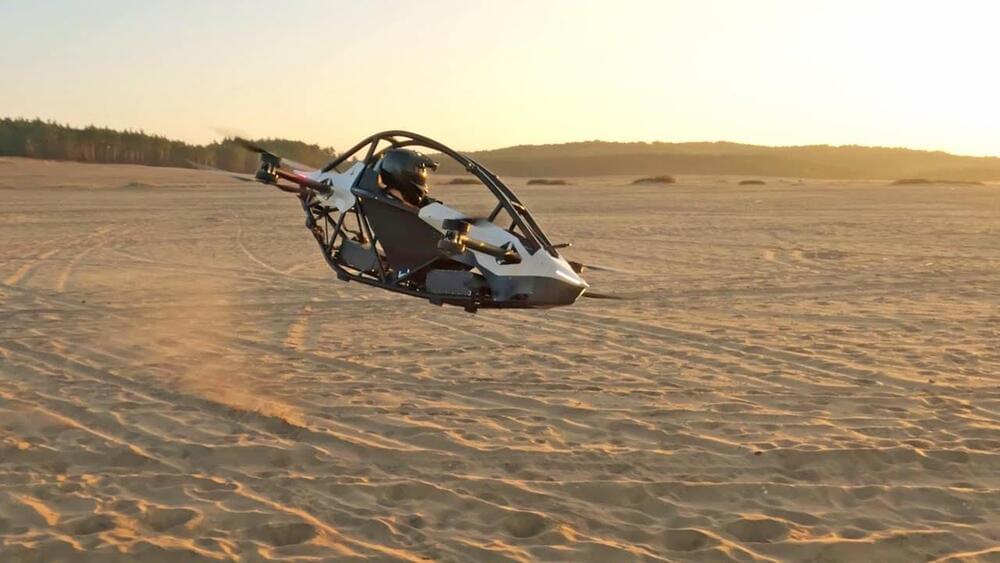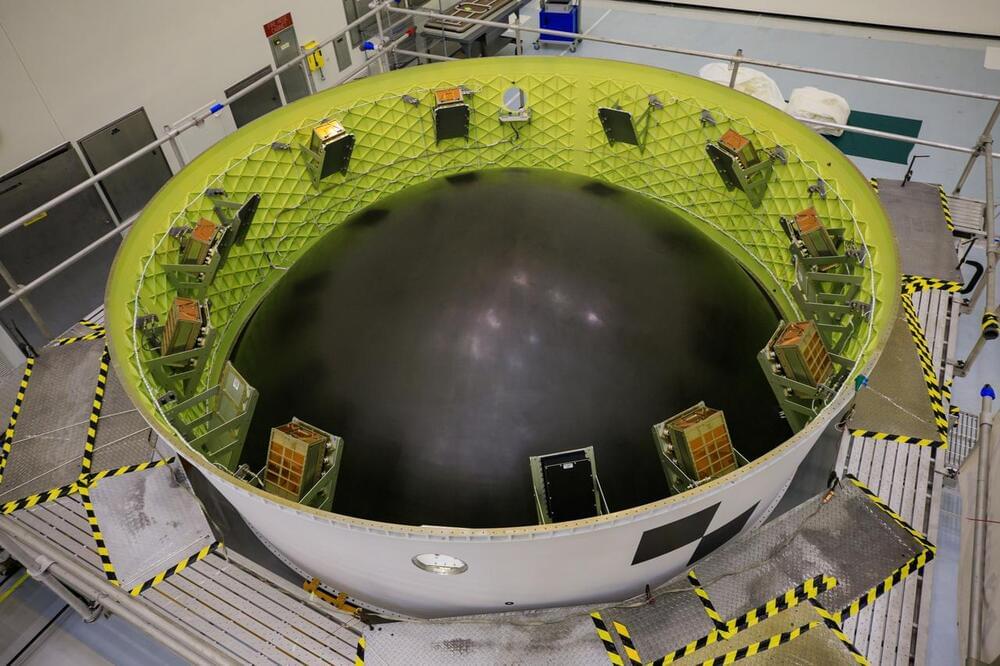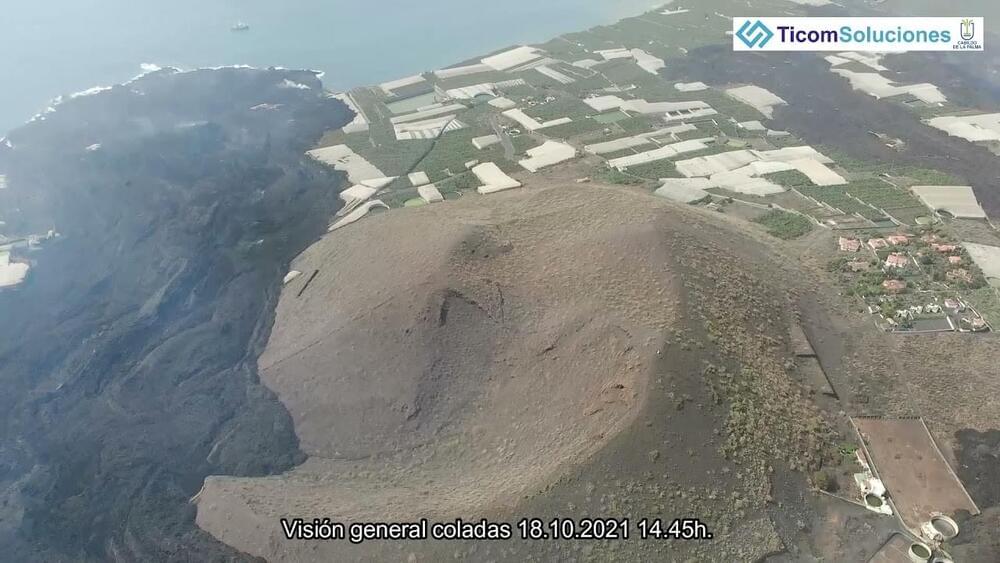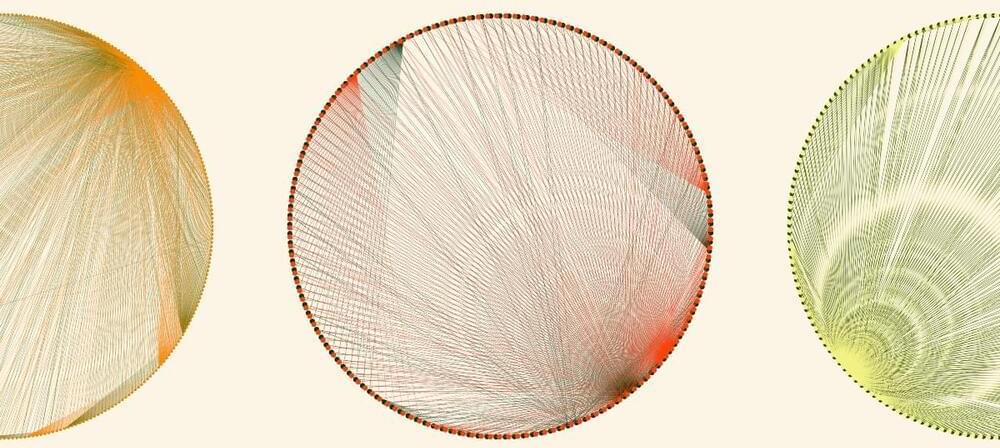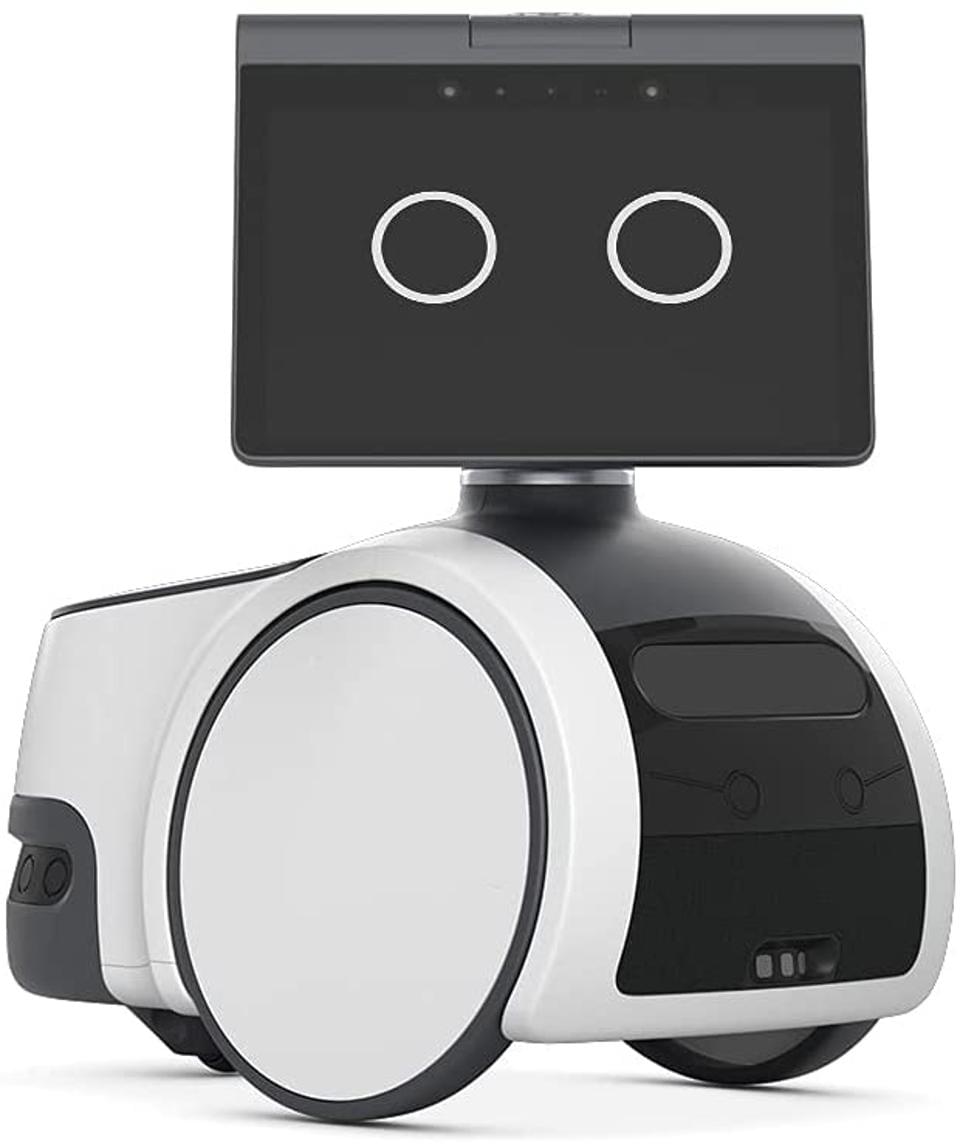Oct 23, 2021
VTOL electronic vehicle flies one and is yours for $92k
Posted by Genevieve Klien in categories: habitats, space
Jetson One is an electrical VTOL flying vehicle you can actually buy—well, pre-order—that shows not only that it can be done but that it can be done with style and flair. The catch is battery life—about 20m flight time per charge for a 187lb rider.
A complete vehicle is 92 000 USD and is delivered to you as a partially (50%) assembled kit for home completion. It contains everything you need, from the aluminium space frame to motor controllers, propellers and motors. You will also receive detailed build instructions.
Continue reading “VTOL electronic vehicle flies one and is yours for $92k” »
